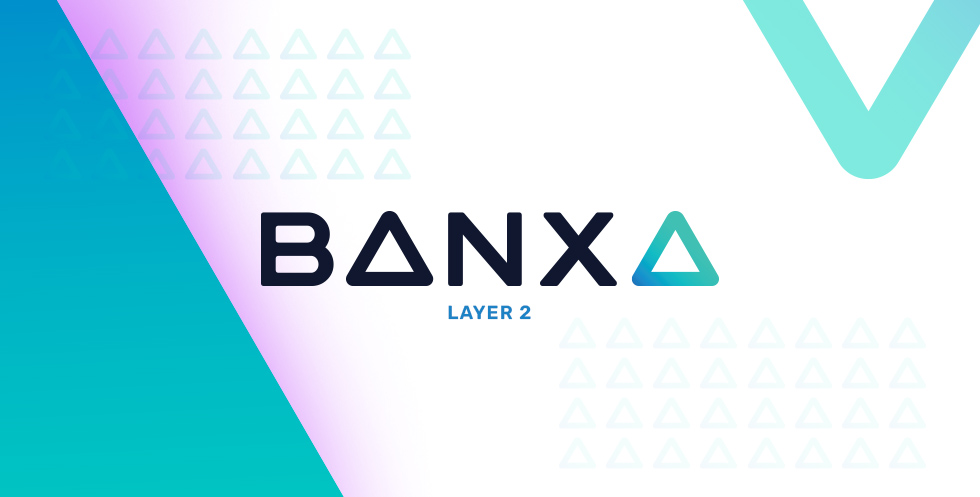Ethereum is changing the world – and we’re just getting started unlocking its potential.
Just six years old, the decentralised world supercomputer is transforming everything from arts and culture to finance and lending.
Creatives around the globe are using Ethereum to store new types of digital artwork and collectables known as NFTs, with US$3.5 billion in sales in the first three quarters of 2021 alone.
Decentralised finance – DeFi – is revolutionising lending and borrowing and other financial activities, with an astounding US$157 billion in total value locked in smart contracts on the Ethereum blockchain as of mid-December. The platform is even a destination for gaming and “the metaverse” that we’ve heard so much about lately.
But all that popularity has come at a price, unfortunately. Ethereum has become clogged and congested, which has sent the cost of transactions soaring. A basic token swap currently costs around US$40 in gas fees, with more complex transactions coming in at around $100. At busy times for the network, fees spike even higher. Developers are working on a fix known as sharding, spreading the network load across 64 “shard chains,” that should reduce Ethereum fees by a hundredfold. But shard chains aren’t expected to ship until 2023.
For now, the answer lies in what is known as “layer 2” scaling solutions that take transactions off the Ethereum mainnet (“layer 1”), improving performance while drastically reducing fees.
There’s a number of different layer 2 technologies, each with their own pros and cons, and even more, projects built on these technologies. While some of these projects have been around since 2019, layer 2s didn’t really take off until recently, with the launch of Arbitrum in September and Optimism in July. According to industry website L2beat, there’s now US$5.2 billion in value locked on layer 2 protocols, up from less than $1 billion at the start of September.
With most of the L2s removing the whitelisting for projects very shortly TVL and activity on Ethereum will move predominantly to the L2s. Below is a visual of the top L2s and the TVL growth.
Banxa has recently launched direct fiat purchasing for a range of L2 protocols including Polygon, Arbitrum, Optimism, zkSync, Loopring and StarkNet. In doing so, Banxa is the first provider in the world to provide this breadth of availability and will be working to support the community of users, dApps, and builders as this area grows in 2022.
TVL growth over L2s YTD l Top 10 L2s of Ethereum

